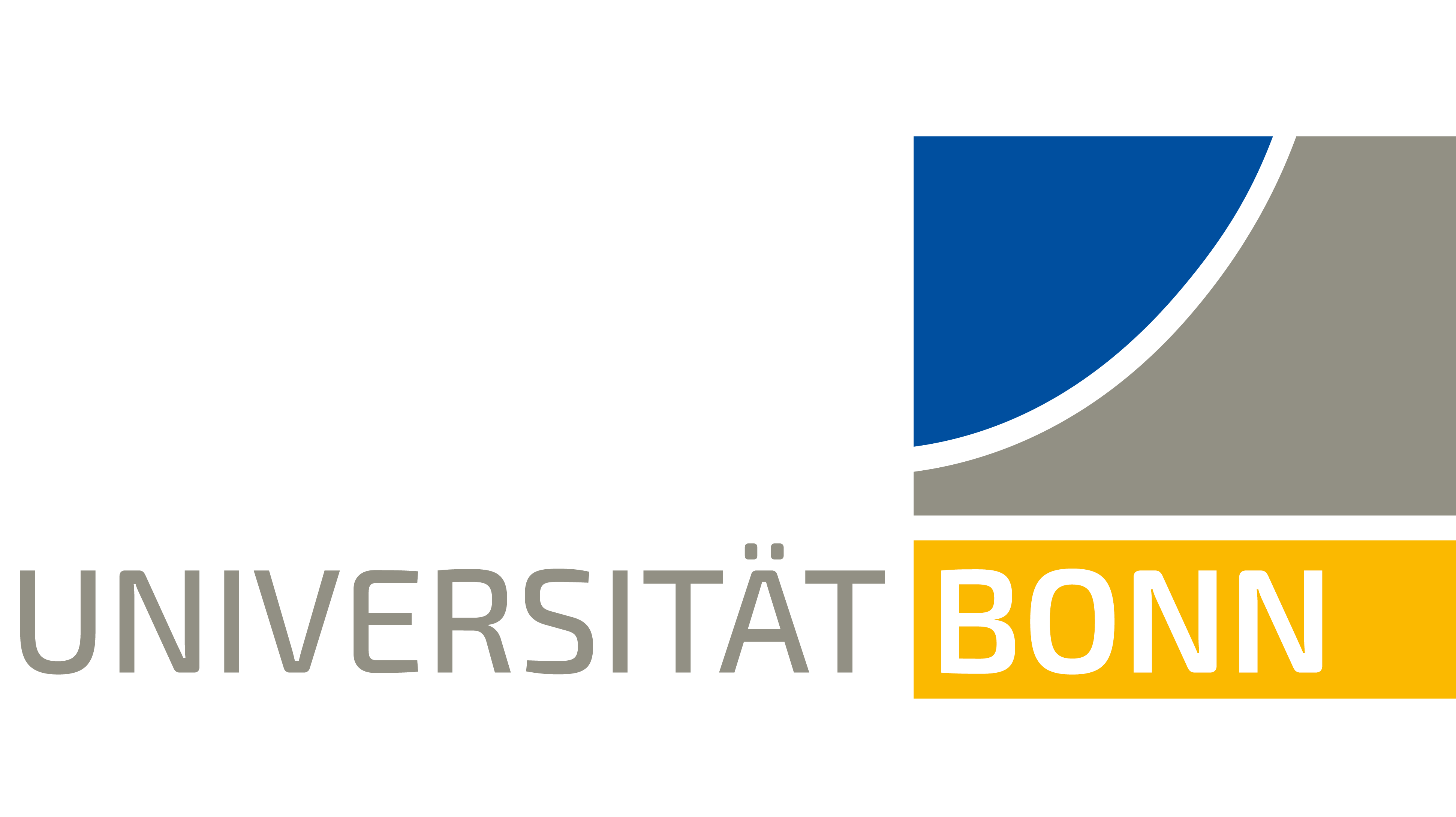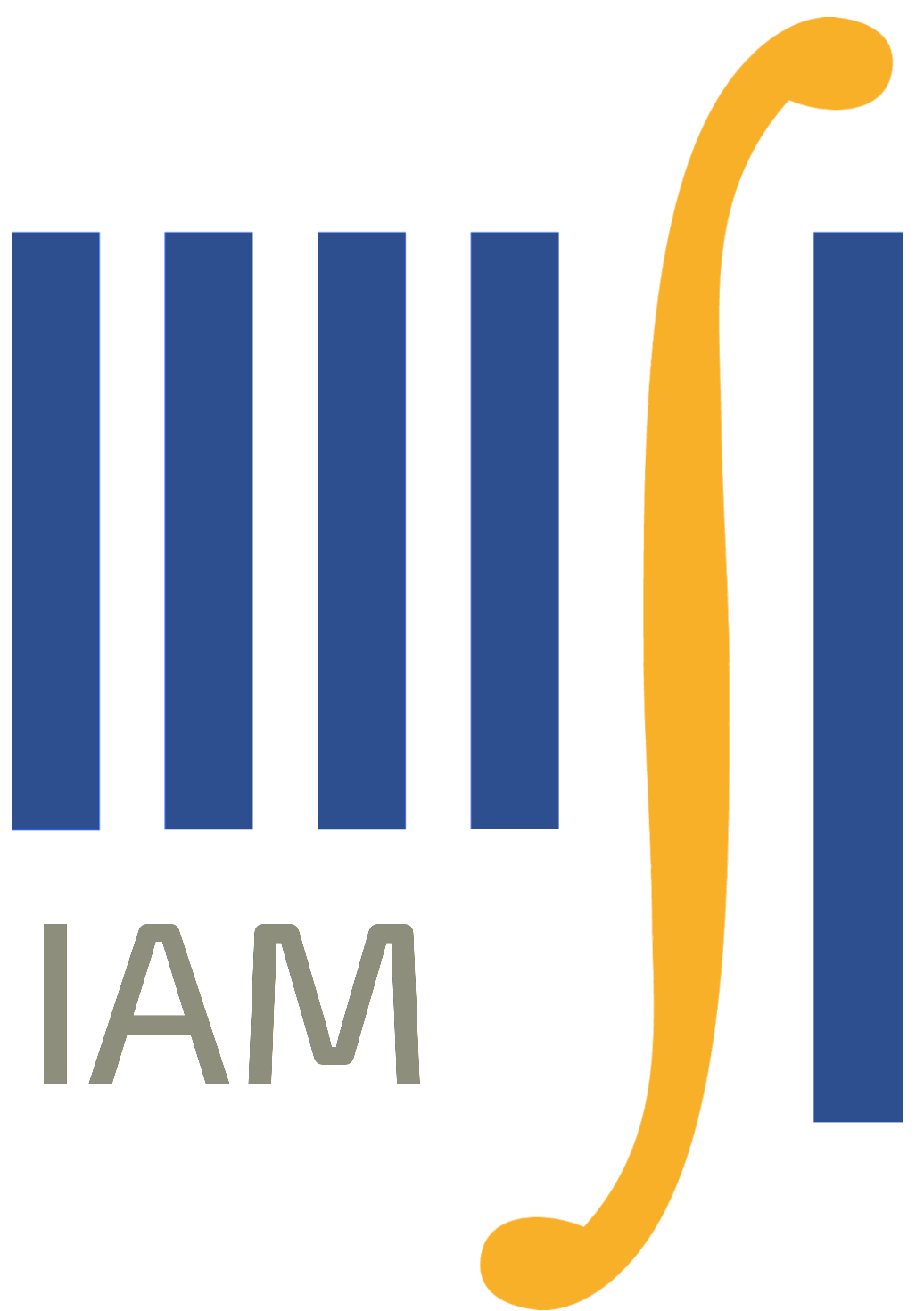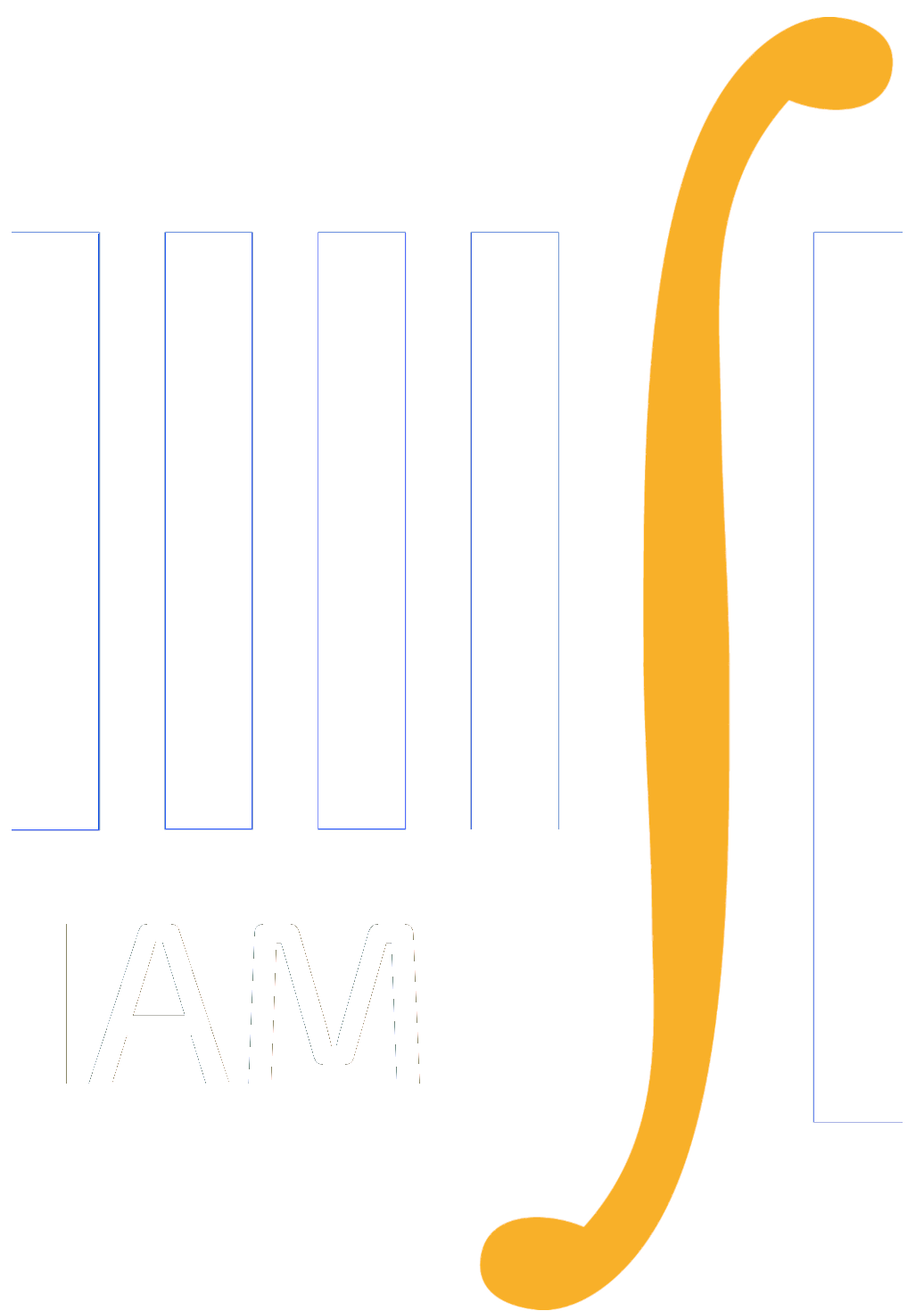Oberseminar Analysis Summer 2013
Organizers: B. Zwicknagl, S. Conti, H. Koch, S. Müller, B. Niethammer, M. Rumpf, B. Schlein, C. Thiele, J. López-Velázquez,
- Thursday, April 18, 2013, 2:15 p.m., Lipschitz-Saal
Chiara Saffirio
Validity of the Boltzmann equation for short range potential
In this talk we introduce the problem of the validity of the Boltzmann equation. After a brief review, we focus on the case of a classical system of N particles interacting by means of a short range potential. We show that, in the low--density limit, the system behaves as predicted by the associated Boltzmann equation. This is an extension of the unpublished thesis by King (appeared after the well known result of Lanford for a system of hard spheres). Our analysis applies to any stable and smooth potential. The results presented are obtained in collaboration with M. Pulvirenti and S. Simonella.
- Thursday, May 2, 2013, 2:15 p.m., Lipschitz-Saal
Francesco di Plinio (Università di Roma Tor Vergata)
Endpoint behavior of modulation invariant singular integrals.One of the main difficulties arising in the treatment of the Carleson
operator, and of the related bilinear Hilbert transform, acting onfunction spaces close to L^1, is that the usual Calderón-Zygmunddecomposition fails to be effective, due to the modulation invarianceproperties of both operators. In this talk, we present severalendpoint (near L^1 and L^1 x L^2) bounds for both the Carlesonoperator and the Walsh analogue of the bilinear Hilbert transform based on amultifrequency Calderon-Zygmund decomposition first introduced by Nazarov, Oberlin and Thiele. In particular, we discuss recent progress towards the solution of Konyagin's conjecture on almost everywhere convergence of lacunary Fourier and Walsh-Fourier series of functions in the Orlicz space L\log\log L(T). Partly joint work with Ciprian Demeter. - Thursday, May 16, 2013, 2:15 p.m., seminar room 2.040
Michael Helmers
Interfaces in discrete forward-backward diffusion equations
We study the motion of interfaces in a diffusive lattice equation with
bistable nonlinearity and derive a free boundary problem with
hysteresis that describes the macroscopic evolution in the parabolic
scaling limit. To this end, we first present numerical results and
heuristic arguments for general bistable nonlinearities and discuss
the phenomena that appear for different types of initial data. Then we
rigorously justify the limit dynamics for single-interface data and a
piecewise affine nonlinearity. - Thursday, June 20, 2013, 2:15 p.m., Lipschitz-Saal
Martin Bock (Theoretical Biology, Bonn University)
On multi-phase flow
In this interactive talk I give an introduction to several physical
models of multi-phase flow. These models describe a fluid with several
components, with special focus on systems in the strongly dissipative
limit. First, I propose the Alt/Dembo model of the cytoplasm of
biological cells. Second, I generalize to N phases and arrive at a set
of equations initially proposed by Drew/Segel in the 70s. Third, I
construct the Navier-Stokes equation from mass and momentum conservation
with the help of non-equilibrium thermodynamics as proposed by
DeGroot/Mazur. Time permitting, I will sketch how similar thermodynamic
principles give rise to multi-phase models with additional hydrodynamic
variables like polarity. - Thursday, June 27, 2013, 2:15 p.m., seminar room 1.008
Juan Luis Vazquez (Universidad Autónoma de Madrid)
The theory of fractional heat and porous medium equations
Much recent research in the area of elliptic and parabolic equations has
been devoted to study the eect of replacing the Laplace operator, and its
usual variants, by a fractional Laplacian operator or other similar nonlocal
operators. Linear and nonlinear models are involved. I will describe recent progress made by me and collaborators on the topic of
nonlinear fractional heat equations, in particular when the
nonlinearities are of porous medium and fast diffusion type. The results cover existence and uniqueness of solutions, boundedness, regularity and continuous dependence, positivity and Harnack estimates, and symmetrization. Special attention is given to the construction of fractional Barenblatt solutions and asymptotic behaviour. - Thursday, July 4, 2013, 2:15 p.m., seminar room 2.040
Michael Goldman (MPI MiS, Leipzig)
Regularity and Strict Convexity of Homogenized Interfacial Energies
In this talk I would like to present a recent joint work with A. Chambolle and M. Novaga about the differentiability and strict convexity properties of the stable norm. This function arises in the process of homogenization of interfacial energies in periodic media. We will see that the differentiability of the stable norm depends on the existence of gaps in the lamination made of some particular minimizers of these interfacial energies, the so-called plane-like minimizers. Our analysis heavily relies on the notion of calibrations for this problem. - Thursday, July 11, 2013, 2:15 p.m., seminar room 1.008
YuNing Liu (Universitaet Regensburg)
Single input controllability of a simplified fluid-structure interaction model
We study a controllability problem for a simplified one
dimensional model for the motion of a rigid body in a viscous
fluid. The control variable is the
velocity of the fluid at one end. One of the novelties brought in with
respect to the existing literature consists in the fact that we use a
single scalar control. Moreover, we introduce a new methodology, which
can be used for other nonlinear parabolic systems, independently of
the techniques previously used for the linearized problem. This
methodology is based on an abstract argument for the null
controllability of parabolic equations in the presence of source terms
and it avoids tackling linearized problems with time dependent
coefficients.
- Thursday, July 18, 2013, 2:15 p.m., Lipschitz-Saal
Michael Bildhauer (Universitaet des Saarlandes)
Denoising and Inpainting in Image Analysis:
Variants of the Total Variation Regularization
We discuss several variants of the "Total Variation Regularization
Model" used both for Denoising and for Inpainting problems in image analysis. The main features are the investigation of the analytic properties of solutions and uniqueness results both for the solution and for the dual problem. - Thursday, July 18, 2013, 3:30 p.m., Lipschitz-Saal
Oliver Schnuerer (Universitaet Konstanz)
Mean curvature flow without singularities
We study graphical mean curvature flow of complete solutions definedon subsets of Euclidean space. We obtain smooth long time
existence. The projections of the evolving graphs also solve mean
curvature flow. Hence this approach allows to smoothly flow through
singularities by studying graphical mean curvature flow with one
additional dimension.
We present joint work with Mariel Sáez.


